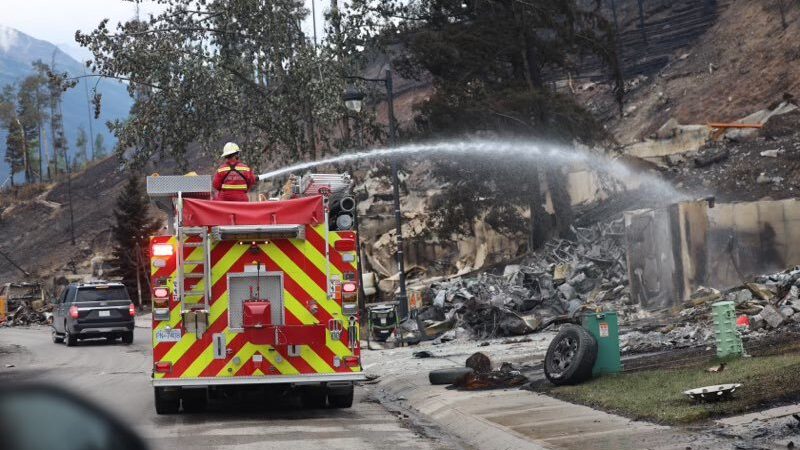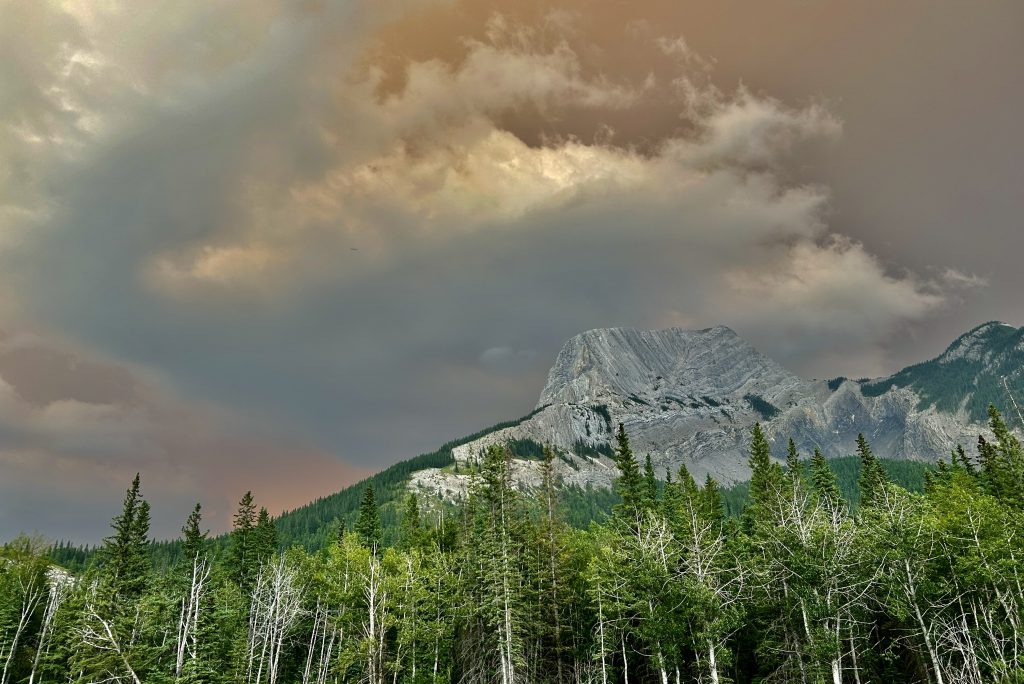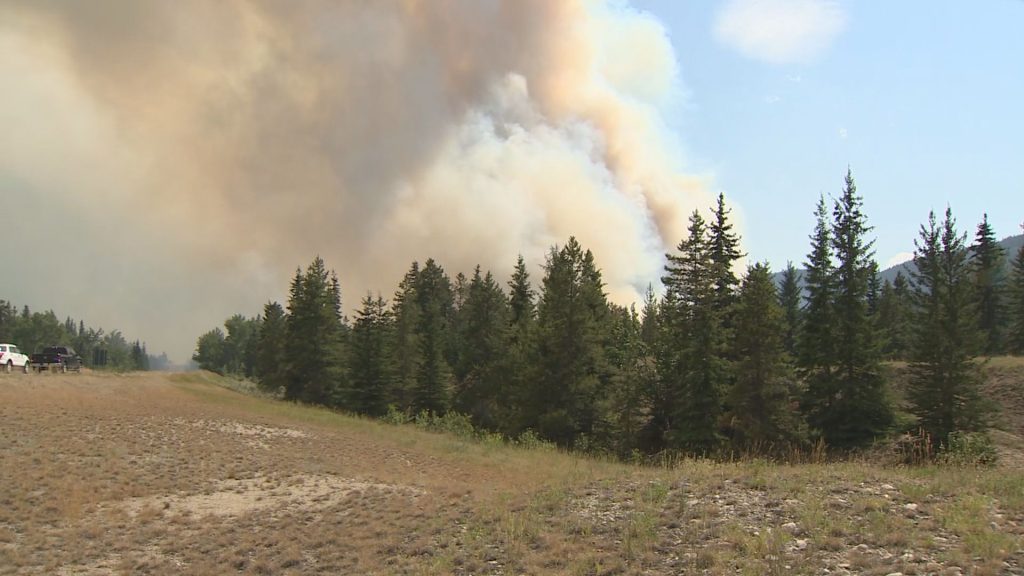Alberta wildfires still burning from last year continue to threaten nearby communities
Posted February 7, 2024 4:19 pm.
Last Updated February 7, 2024 7:07 pm.
Dozens of carry-over wildfires from the 2023 season are still burning in Alberta, with crews working hard to make sure they don’t pose significant challenges in the spring.
There are 57 wildfires still actively burning in Alberta, most of them lingering from last year. There have been 12 new wildfires since the start of 2024.
Alberta Wildfire admits it’s an incredibly high number of carry-over fires compared to the average year.
“Our five-year average is around six, so we’re sitting at about 10 times as many as we usually see,” said Melissa Story, the provincial information officer with Alberta Wildfire.
Story explains how fires can smolder underground for months and even live through the winter underneath the snow.
“The snow acts as a bit of an insulator for them,” she said.
Alberta suffered an unprecedented wildfire season last year, with more than 22,000 square kilometres of forest burned.
“We had a very hot, dry fall last year, we had unseasonably warm temperatures through most of the summer,” Story said. “We had a record-breaking wildfire season with 1,088 wildfires burning over 2.2 million hectares of land.”
One of those blazes was the Paskwa fire that forced the evacuation of Fox Lake in northern Alberta. It’s still burning today, many months later.
Speaking to CityNews just outside Fox Lake, a wildlife information officer for the High Level forest area says smoldering hotspots near the community are cause for concern.
“It’s really important for us to take care of this area by exposing the heat in the ground,” Victoria said Ostendorf, who adds there are 16 carry-over fires in the High Level forest area alone.
RELATED: Wildfire destroys homes, police station in community in northern Alberta
Ostendorf says winter fires are constantly being monitored.
“We had ground crews come to scout out the area and map out where these hotspots area, and then work out a plan to work on the ones that we find are the biggest hazard,” she said.
That requires firefighting crews to dig up areas of deep, hot ground fire with shovels and axes.
“The crews use hand tools to expose the earth and dig up that heat,” Ostendorf explained. “They’ve also been accompanied by equipment and water trucks, and this is all in an effort to lessen the impacts to the community.”

Fox Lake isn’t an easy community to get to. It’s only accessible by an ice road in the winter, and plane or barge in the summer. The remoteness of the northern community made the evacuation for residents even more difficult.
“Fires can dig deep into the ground, especially in this area, there are deep layers of peat moss so not only does it dig deep, but it can travel as well, and reignite as a wildfire. And so this work is to get ahead of that and prevent that from happening, especially with an adjacent community nearby,” said Ostendorf.
“We had around 175 wildfires in our area alone last year, burning just under 800,000 hectares. Many of our fires impacted communities, and this is one of them.”
READ MORE: With another bad wildfire season looming, Alberta fire chiefs want proactive strategy from province
And with unseasonably warm temperatures and dry conditions, the province is preparing for what’s expected to be a high fire risk this spring.
“Even if we see average rainfall in the province, we will see elevated fire danger, especially in the northern parts of the province,” Story said. “We left the fall with very high to extreme fire danger, and we are probably going to be seeing that again in the spring.”








